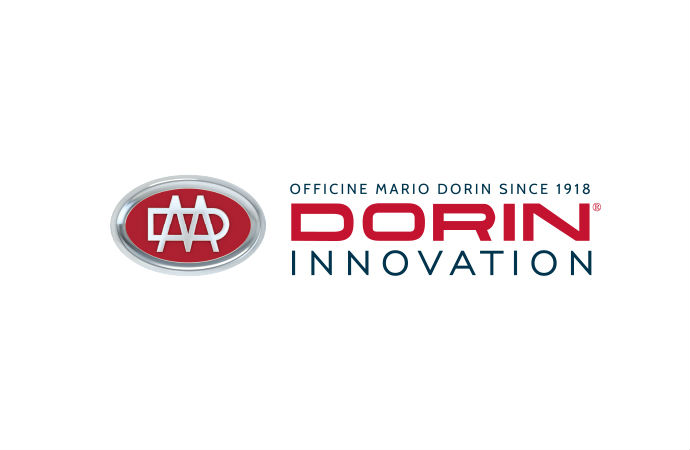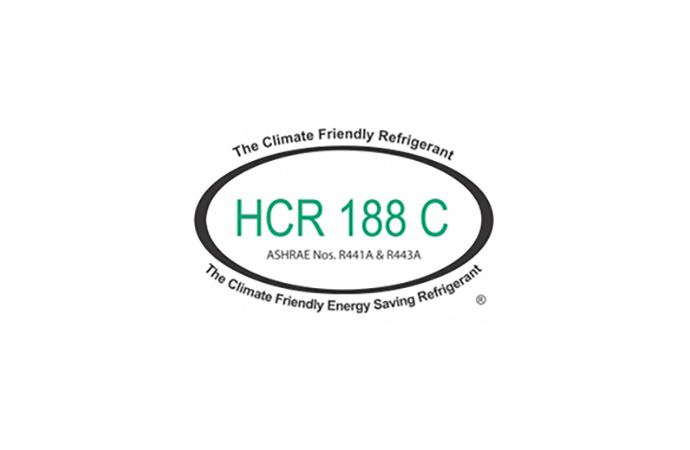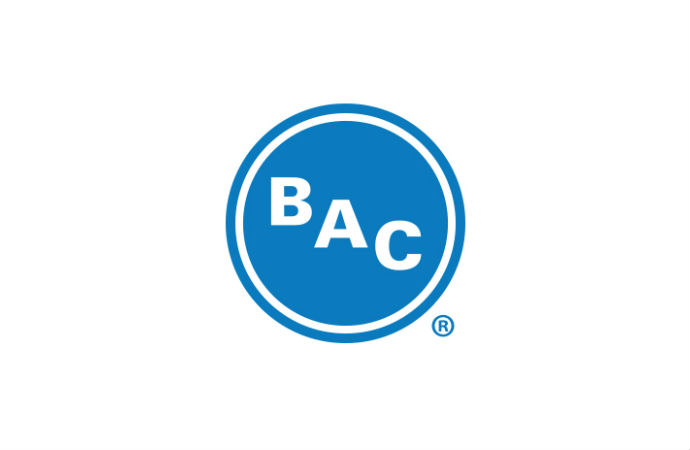Growing environmental concerns have increased interest in hydrocarbon refrigeration systems, which have no potential for destruction of the ozone layer (ODP), and have negligible global warming potential (GWP). In a recently published article in the Brazilian magazine ‘engenharia e arquitetura”, Alessandro da Silva, from Bitzer Brazil, explains the characteristics of R290 and technical specifications to follow for their safe and efficient use.

Hydrocarbons (HCs) have very favourable thermodynamic properties, are compatible with the most commonly used materials and lubricants, and can be used in semi-hermetic and hermetic compressors. These characteristics make HC's a good alternative to chlorine-free refrigerants such as HFC’s provided the necessary safety measures are followed to deal with their flammability.
R290 Characteristics
The physical and chemical properties of the R290 are as follows:
- Zero potential for destruction of the ozone layer and negligible global warming potential, GWP = 3;
- Low toxicity: Acceptable Exposure Limit - AEL = 1000 ppm;
- Flammable: ignition limits between 1.7 and 10.9% by volume in air. Safety standards must be observed;
- Zinc and alloys of magnesium with portions over 2% should be avoided;
- High solubility with conventional lubricants and ester oils.
Managing high solubility of HC refrigerants in oil
The high solubility of hydrocarbon refrigerants, whilst desirable for the oil circulation system, may result in a considerable decrease in viscosity of the oil in the compressor, especially with low oil temperature and high suction pressure.
Therefore higher viscosity-based oils are recommended, for example, VG 68 for A/C applications, and Polialfaolifina (PAO) (SHC226E) for MT (cooling capacity for medium temperature) and LT (cooling capacity for low temperature), as it has lower solubility, lower vapour pressure and uniform viscosity.
Installation and maintenance
To ensure the safe installation and maintenance of R290 systems Alessandro da Silva recommends the following guidelines are followed.
- The machine room ventilation must be turned on whilst technicians and operators are working in said room;
- Tubing and connections should be welded;
- Welding must be performed with a shielding gas (dry nitrogen);
- Expansion valves must be specifically designed for R290;
- To test for leaks and for high-pressure tests, the use of dry nitrogen is recommended. If dry air is used for the test, the compressor must be isolated during this procedure (the service valve must be closed);
- Due to the low density of liquid R290, the maximum refrigerant load is lower than that of R22 and R502. The maximum load (95% at 50°C) for 1 dm3 volume is: R290 → 0.43 kg compares to R22 / R502 → 1.03 kg;
- The system and the compressor must be labelled with the safety warnings;
- Regular inspection of safety devices (at least once a year) is essential
- During maintenance the R290 can be removed and used again, provided that no inert gas or other contaminants are present in the system. Prior to recharging, the system must be purged with nitrogen and should a new filter drier installed;
- Oil changes must only be performed with warmed oil and reduced pressures, followed by purging with nitrogen.
MORE INFORMATION
Related stories












